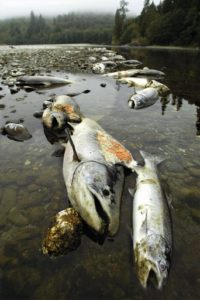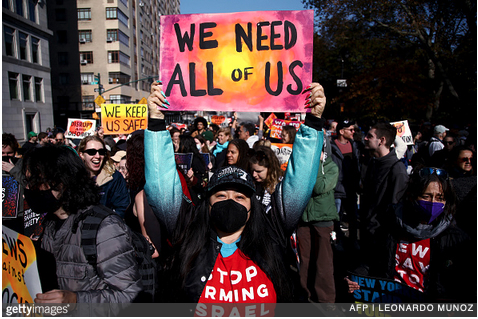 Water Shortages Reminiscent of 2002 Fish Kill Conditions
Water Shortages Reminiscent of 2002 Fish Kill Conditions
For a second year in a row, Oregon Governor Brown issued emergency drought declarations for Jackson, Klamath, and Lake Counties this month. According to the National Drought Mitigation Center, more than 47 percent of the state is in “severe drought,” while 14 percent is considered “extreme.” And while the state declaration allows added flexibility to local water managers and tens of millions of dollars for irrigators, fish populations and Indigenous communities remain under-served, even with the Federal support for some endangered species.
In the Klamath Basin, inflamed ideological conflicts surround water priorities, specifically water guarantees for farmers in the upper basin versus water allowed to maintain natural ecosystem function for downstream communities. Irrigators have been providing illegal water releases above allocated levels for farmers at the top of the basin, a circumstance reminiscent of actions that took place the summer of 2001, the first time farmers had been limited because of conservation efforts. The next summer, more than 60,000 Klamath salmon washed up dead on the shores of the lower Klamath. What can we do to prevent another disaster?
To many Tribal members in the Klamath, the fish kill event from 19 years ago provided a catalyst for the powerful and Indigenous-led Klamath justice movement that, among other things secured agreements with PacifiCorp for the largest dam removal project in history.
Around the world, conflicts centered around water continue to escalate, not only from climate-induced conditions but also human-made infrastructure that moves water outside of its natural system.


